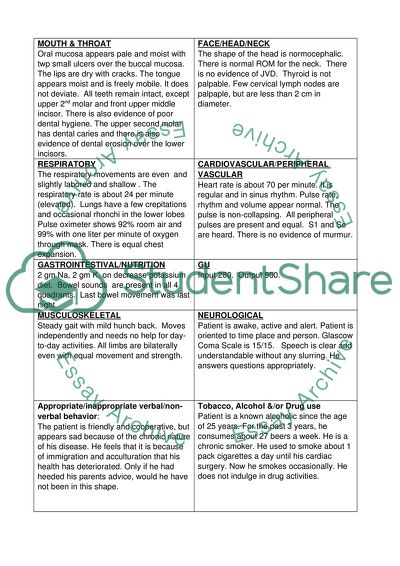Cite this document
(“Nursing Practice in Singapore Research Paper Example | Topics and Well Written Essays - 2750 words”, n.d.)
Nursing Practice in Singapore Research Paper Example | Topics and Well Written Essays - 2750 words. Retrieved from https://studentshare.org/nursing/1743071-patient-care-plan
Nursing Practice in Singapore Research Paper Example | Topics and Well Written Essays - 2750 words. Retrieved from https://studentshare.org/nursing/1743071-patient-care-plan
(Nursing Practice in Singapore Research Paper Example | Topics and Well Written Essays - 2750 Words)
Nursing Practice in Singapore Research Paper Example | Topics and Well Written Essays - 2750 Words. https://studentshare.org/nursing/1743071-patient-care-plan.
Nursing Practice in Singapore Research Paper Example | Topics and Well Written Essays - 2750 Words. https://studentshare.org/nursing/1743071-patient-care-plan.
“Nursing Practice in Singapore Research Paper Example | Topics and Well Written Essays - 2750 Words”, n.d. https://studentshare.org/nursing/1743071-patient-care-plan.


